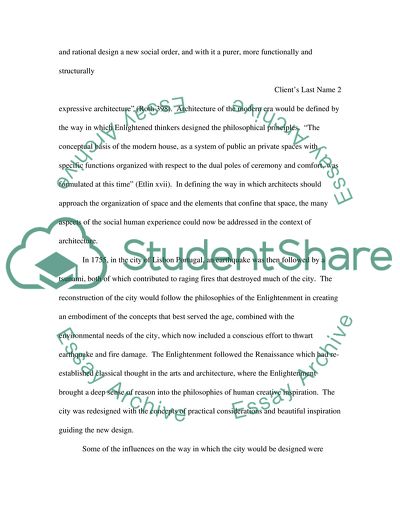Cite this document
(Architecture of Lisbon City Case Study Example | Topics and Well Written Essays - 1500 words, n.d.)
Architecture of Lisbon City Case Study Example | Topics and Well Written Essays - 1500 words. https://studentshare.org/architecture/1722277-history-of-space-in-architecture-of-lisbon-city
Architecture of Lisbon City Case Study Example | Topics and Well Written Essays - 1500 words. https://studentshare.org/architecture/1722277-history-of-space-in-architecture-of-lisbon-city
(Architecture of Lisbon City Case Study Example | Topics and Well Written Essays - 1500 Words)
Architecture of Lisbon City Case Study Example | Topics and Well Written Essays - 1500 Words. https://studentshare.org/architecture/1722277-history-of-space-in-architecture-of-lisbon-city.
Architecture of Lisbon City Case Study Example | Topics and Well Written Essays - 1500 Words. https://studentshare.org/architecture/1722277-history-of-space-in-architecture-of-lisbon-city.
“Architecture of Lisbon City Case Study Example | Topics and Well Written Essays - 1500 Words”. https://studentshare.org/architecture/1722277-history-of-space-in-architecture-of-lisbon-city.


